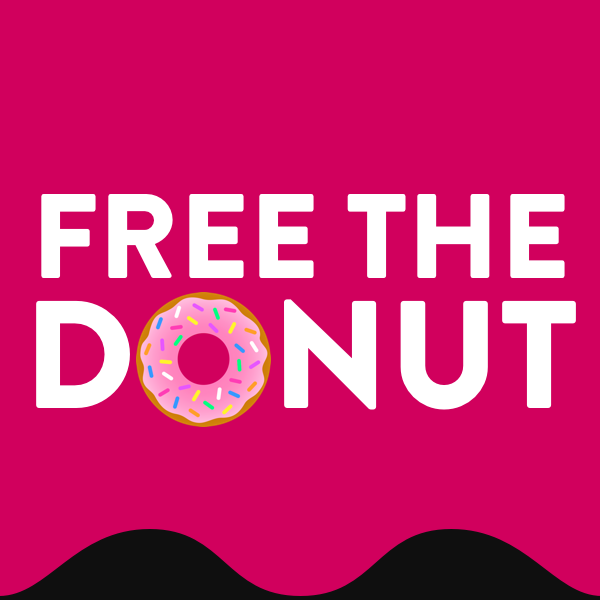There’s ‘good’ foods. And there are ‘bad’ foods. And, of course, the ‘eat-in-moderation’ foods. Whether you’re on a strict regimen while training or just trying to stay healthy, you probably keep a close watch on what you eat. We’ve all been warned about what to consume and what to avoid. And sometimes, that advice – and even the latest research – can be conflicting and confusing.
Our relationship with food is the most complicated it’s ever been for many reasons. There seems to be little context around nutrition for the general public to understand. The media is pretty quick to give foods a ‘bad’ name (remember when all fat was Enemy Number One?) or find the newest ‘super’ food that will add years to your life.
Sports nutrition is not immune either. Given the size of this market, there is a great deal of effort that’s put into making the next top sports food that promises to help you in your performance. But much of this is just repackaging of basic nutrition in colorful, cleverly designed plastic tubes. Even when good science and evidence exists, it’s often ignored or incorrectly applied.
There is some great research behind sports nutrition out there. For example, optimizing performance in events longer than 2.5 hours requires high intakes of carbohydrates, up to 90g/hr, and this should be a mixture of fructose and glucose to ensure better absorption. But nowhere in these guidelines does it say this fuel has to come from a package.
Similarly, there has been decades of research into the pre-exercise window (aka PRIME time) and optimization of glycogen stores via food in this pre-exercise phase. There are recommendations of carbohydrate intake being of low glycemic index, as well as timing recommendations. But there aren’t many widely accepted recommendations that get specific about which foods are ideal.
When it comes to the more conventional nutrition recommendations, there is a little more specific information about what to eat and what to avoid. But context is still lacking. There are very few, if any, products in the sports nutrition landscape that fit into most ‘healthy nutrition’ recommendations – they are almost always processed and high in sugar. A bowl of gels for breakfast is not conventionally accepted as a good start to the day, yet we seem to find this ideal when exercising in the morning.
Why?
Because context is key.
Say you have three hours before your afternoon workout and you are grabbing a quick coffee. You know you need to top up some glycogen stores, so this is the perfect time to PRIME.
But they only have a cabinet full of baked goods. You think these aren’t ‘good foods’, but why?
Why not just go for the donut?
You need those calories and those carbohydrates to perform well. If priming is all about timing and nutrition is contextual, you can look to Supersapiens to help guide what good energy can look like for you.
Yes: we’re giving you permission to eat that donut. And then? Watch your glucose response and see how you train. That donut may be a better food for you to PRIME with than, say, a gel. You may even be surprised how it compares to an apple or a banana and how you perform after them. (Of course, we know that apples and bananas are generally better sources of food overall, but do you have to eat them every time? Maybe not.)
Here’s our experiment: #FreeTheDonut
Or, maybe it’s more than an experiment. Let’s call it a movement.
As a performance brand on the bleeding edge of sports tech, we are all about testing and optimizing and seeing what works best for our athletes.
Eventually, this ethos will cover everything we do: Types of fuel, timing of that fuel, considerations across all aspects of an athlete’s life – from priming and performing to recovering.
For now, we’ll talk about timing. And for that, we're using the donut as our symbol for the misinformation, the lack of understanding, the guesswork, and the stigmas that the endurance world holds around fueling.
Changing psychology and perspective of things like the donut – the carbs, the calories, the whole lot.
This is what it comes down to: All food is fuel. You can argue what is better and what is worse, but there is no such thing as purely good or purely bad fuel. The key here – and it’s a crucial one – is TIMING. Then using the data to eat at the right time while monitoring your body’s response to see how it responds. We’ll say it again: No fuel is inherently purely good or bad. It's all about using data to eat at the right time and understanding your individual metabolic responses to foods.
So yeah: Eat the donut. No, free the donut. Then get out there, and see how it performs.
Interested in freeing the donut and visualizing your own glucose data? Check us out at supersapiens.com
REFERENCES:
- Jeukendrup A. A step towards personalized sports nutrition: carbohydrate intake during exercise. Sports Med. 2014;44 Suppl 1(Suppl 1):S25-S33. doi:10.1007/s40279-014-0148-z
